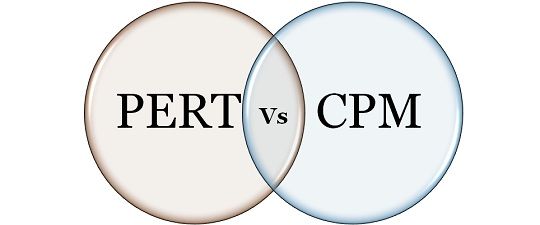Network Model
 ·
Network analysis is a technique of planning,
scheduling and controlling of a large and complex project comprising various
activities.
·
Network analysis is a technique of planning,
scheduling and controlling of a large and complex project comprising various
activities.
·
Network technique provides a rational approach
to the planning and controlling of construction works.
·
The application of such techniques is inevitable
when there is a constraint on resources and a need for higher productivity.
·
The two commonly used network techniques are CPM
and PERT.
o CPM
stands for Critical Path Method
PERT
stands for Programme Evaluation and Review Technique.
1. Critical Path Method (CPM)
·
CPM was developed in 1956, in the USA , by a team
of engineers working for Dupont Corporation and Remington Rand.
·
The method was successfully tried for the
construction of chemical plant in Louisville ,
USA
·
The method was also used with extraordinary
success for carrying out the repair of a unit in a chemical plant, resulting in
nearly 30 % reduction in the shut down time.
·
The usefulness of CPM was thus fully
established.
·
Presently this method is used world wide in
business and industry also.
·
Use of CPM provides meaningful answers to such
questions as:
- What will be the completion time of the project?
- If there is a delay in one activity, will the
entire project be delayed? If so, by how much?
- What is the most economical way to speed the
project
- How to schedule material deliveries so as to have
materials when needed but avoid costly storage for long periods.
Advantages of CPM
·
CPM is widely used in construction industry by a
number of private and public organizations.
·
Application of CPM results in better decision –
making and a saving in the overall cost of the project.
·
It shows different activities of large and
complex project clearly.
·
It shows clearly the interrelationships among
various activities.
·
It defines the time required for each activity.
·
It will be easier for the new person in the
orientation of the project.
2. Programme Evaluation and Review Technique (PERT)
·
PERT was developed by engineers of the United
States Navy while working on the Polaris Missile Program during 1957 – 58.
·
Since then, PERT has been in use for various
research and development projects which are non – repetitive in nature. Such
projects are characterized by an extreme degree of uncertainty both in the
development of the system and in the time duration of various activities.
·
Three time estimates are used to determine the
expected or average time of each activity.
- Optimistic
time estimate - It is the shortest possible time for completing an
activity if everything proceeds as planned without any problem, i.e. the
activity is performed under ideal conditions.
- Most likely
time estimate - It is the maximum for completing an activity under
normal conditions. In this case, conditions are not ideal and minor
mishaps may occur.
- Pessimistic
time estimate - It is the maximum time required to complete an
activity under abnormal or extremely adverse conditions in which every
thing goes wrong. The estimate, however does not include catastrophes
such as fires, earthquakes, floods etc.
Differences between CPM and
PERT
PERT
|
|
|
|
|
|
|
|
|
|




0 Comments